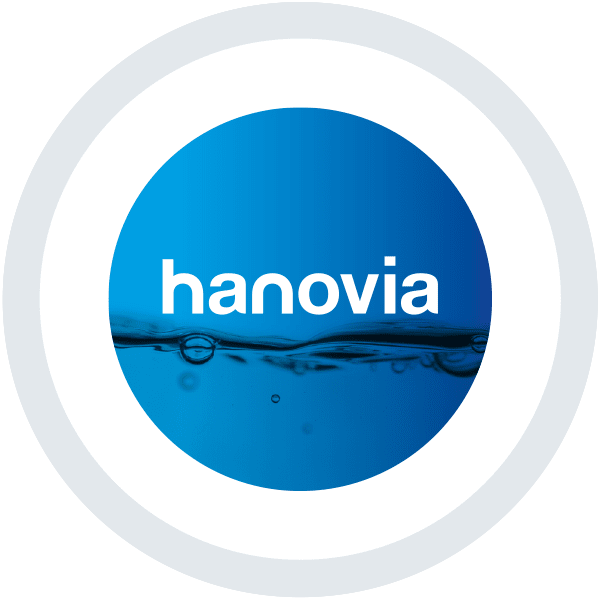Pasteurized Equivalent Water – Is UV treated water really `equivalent’?
by Brian Grochowski
In 2009, the FDA published a revised Pasteurized Milk Ordinance (PMO), which included UV disinfection technology as an approved alternative to pasteurization for the treatment of water used within a dairy facility.
Pasteurization has been considered the `gold standard’ for water treatment and used in critical dairy applications for many years. As is so often the case when new technologies are introduced to an industry, there is skepticism that requires some questions to be answered. How does the new technology work? How will applying this technology affect my production process? Is the new technology equivalent or better than the existing `gold standard’? These are all valid concerns when it comes to considering the replacement of pasteurization with UV disinfection. The two technologies are very different and they disinfect organisms through entirely different means. So, can they ever be regarded as `equivalent’?
In 2004, the National Advisory Committee on Microbiological Criteria for Foods (NACMCF) was tasked with establishing scientific parameters for measuring how different technologies could be deemed equivalent to pasteurization. They defined pasteurization as follows:
“Any process, treatment, or combination thereof, that is applied to food to reduce the most resistant microorganism(s) of public health significance to a level that is not likely to present a public health risk under normal conditions of distribution and storage.”
When determining UV’s equivalence to pasteurization for the treatment of water, it was important that the FDA PMO evaluated how effective the two technologies are in disinfecting the key contaminants of public health concerns such as E. coli, Listeria, Clostridium, Pseudomonas and Streptococcus. In a dairy application, where liquid temperatures are maintained, organisms that can grow in refrigerated temperatures are of higher priority, because they are more likely to be present. HTST (High Temperature/Short Time) pasteurization is known to provide a 5-log reduction of organisms. For an alternative technology to be deemed its equivalent it must be able to provide the same level of performance when disinfecting the same organisms and pathogens. In addition, it is important to identify which pathogens are the most resistant to UV technology to ensure equivalence and to establish the appropriate performance levels the technology must provide.
For medium pressure UV technology, the FDA determined that a 120mJ/cm2 dose is required to achieve equivalence to pasteurization. This far exceeds the dose required for a 5-log reduction of common dairy contaminants such as E. coli, Listeria, Clostridium, Pseudomonas and Streptococcus. Typically, doses as low as 40mJ/cm2 will provide a 5-log reduction of these commonly found organisms. However, the higher dose is required because some viruses, like Adenovirus, have a higher resistance to UV than the other organisms mentioned. Thus, a 120mJ/cm2 dose is the standard set to ensure that not only are the common dairy organisms disinfected, but also there is a sufficient and equivalent virus inactivation as well.

Since 2009, a large number of dairy facilities have transitioned to UV technology for creating pasteurized equivalent water due to several factors:
- >95% energy savings compared to pasteurization
- Smaller equipment footprint
- Water available on demand (no more batching required)
- Elimination of a water holding tank
- Greater availability of the pasteurizer for production
Extensive data is available that demonstrates UV technology effectiveness and equivalence to pasteurization. While neither pasteurization nor UV produce sterile water, UV does provide one additional performance benefit when compared to pasteurization − thermophilic organisms can survive pasteurization. Organisms such as Pseudomonas fluorescens and Pseudomonas fragi can produce proteolytic and lipolytic extracellular enzymes, which are heat stable and capable of causing spoilage. These psychrotrophic bacteria are problematic for pasteurization to kill, but UV disinfection providing a dose of 120mJ/cm2 can easily achieve a 5-log inactivation of these organisms.
More information on the NACMCF’s work on determining pasteurization equivalence can be found at:
https://www.fsis.usda.gov/wps/wcm/connect/8d886a4d-6ddc-48c2-8b70-50bdbcd77a7f/NACMCF_Pasteurization_082704.pdf?MOD=AJPERES





 沪公网安备 31011202013557号
沪公网安备 31011202013557号